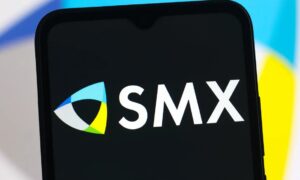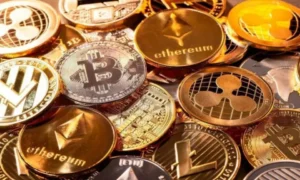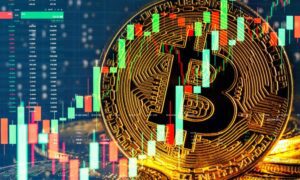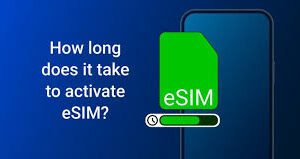The market for digital loyalty programs is anticipated to grow steadily at a CAGR of 8.4%, from US$40.3 Bn in 2021 to US$98 Bn in 2032.
The list of included programs includes LoopyLoyalty, Annex Cloud, Kangaroo Rewards, Loyalty Gator, and others. Due to COVID-19, which has had an unprecedented and disastrous global impact, there has been a significant increase in demand for digital loyalty programs across all industries.
To deliver reward points, coupons, discounts, and other incentives to customers interested in the company’s products or services, the program analyses customer purchasing patterns, behavior, historical data, and other criteria.
Technology is altering how people conduct business, whether it’s in a big city or a rural area. Enterprises nowadays are utilizing digital technology to expand and operate on a global basis. Future online commerce will be reshaped by mobile applications.
With the development of the internet industry, the need for and interest in digital loyalty programs in mobile applications has increased. Access to marketing promotions via touchpoints is made possible by mobile applications. The old rewards program has been effectively replaced by the sales of digital loyalty programme apps.
A new generation of Customer Relationship Management (CRM) techniques was introduced by big data concepts. Big data analysis helps businesses describe customer behavior, comprehend their routines, create effective marketing strategies, spot sales transactions, and build long-lasting customer relationships.
The new method was initially used to segment customers. Time-Frequency TFM is a financial system where: Frequency (F): often uses services over some time. Time (T) is the sum of all calls and online sessions over a specific period. Money (M): The amount of money spent over time and the level of loyalty indicated for each part or group.
Due to the retail sector’s swift adoption as a result of the demand for digital loyalty programs over the previous ten years, North America currently holds the biggest market share for digital loyalty programs. Customers in North America favor monetary incentives above other sorts of incentives, including refunds or payback, freebies, free shipping, and product discounts.
According to the Oracle 2020 research, 72% of millennials participate in digital loyalty programme sales. Europe will have the second-largest market share for digital loyalty programs during the projection period. Several European countries have a well-known demand for digital loyalty programs.
How fiercely competitive is the market for digital loyalty programs?
Key firms are putting a priority on ongoing product development and portfolio expansion by embracing complex technologies like blockchain, AI, machine learning, cloud computing, and others. Mobile digital loyalty programme solutions are now being offered by several industry companies as a result of the rising use of smartphones.
The customer experience is enhanced by real-time analytical management models that are cloud-based. Similar to this, the development of a customized and individualized demand for digital loyalty programs is probably going to assist the major companies in growing their significant sales of digital loyalty programs in the market. Strategic partnerships, acquisitions, and collaborations help market participants in digital loyalty programs succeed financially.
Digital Loyalty Programs Market Key Players: Aimia, Annex Cloud, AppCard, Bink, BrandLoyalty



































